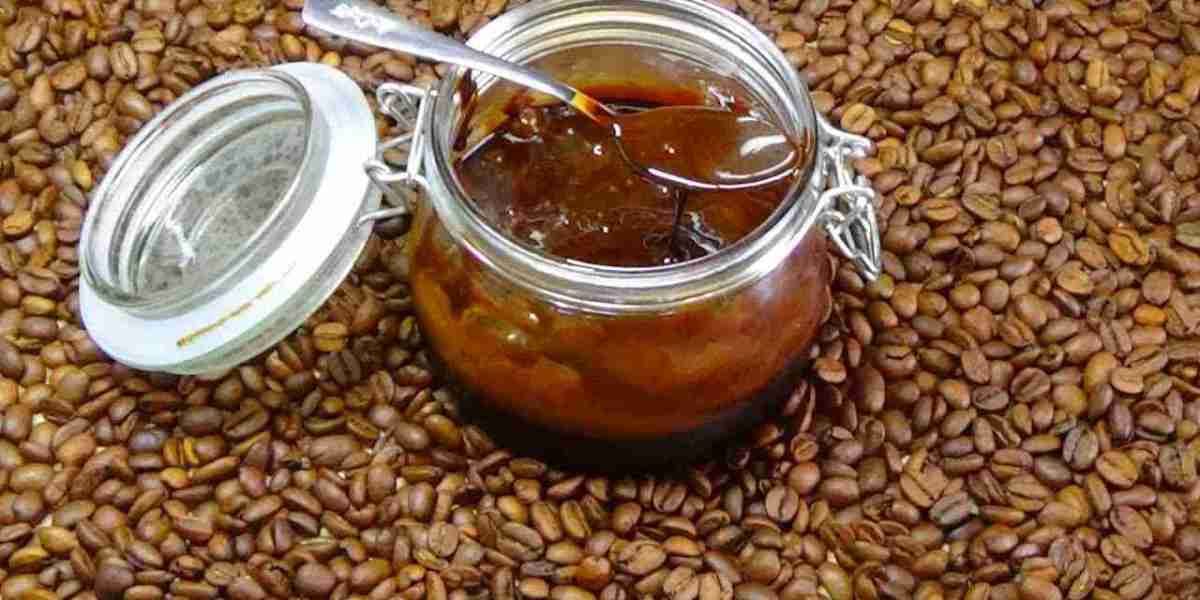The sports drink market has undergone significant transformation since its inception, evolving from a niche product catering to elite athletes to a multi-billion-dollar global industry with widespread consumer appeal. Its development has been shaped by innovations in nutrition science, changes in consumer behavior, advancements in marketing, and an increasing global focus on health, fitness, and performance.
Origins and Early Growth
The genesis of the sports drink market dates back to the 1960s with the introduction of Gatorade, developed by researchers at the University of Florida to help athletes replace fluids and electrolytes lost during intense physical activity. This marked the beginning of a new category in the beverage industry — functional drinks aimed at hydration and performance enhancement. Gatorade’s early success, especially after being adopted by professional sports teams, laid the foundation for the commercialization of sports drinks.
During the 1970s and 1980s, sports drinks began to gain visibility and acceptance among amateur athletes and active consumers. As more people participated in recreational sports and fitness activities, demand for hydration solutions that went beyond water increased. Companies began investing in R&D to create more palatable and scientifically formulated beverages, fueling the market's expansion.
Mainstream Adoption and Brand Competition
The 1990s marked a period of rapid growth for the sports drink market, driven by aggressive marketing, celebrity athlete endorsements, and increased public awareness of fitness and hydration. Gatorade maintained a dominant position, but it soon faced competition from new entrants such as Powerade (launched by Coca-Cola) and other private labels. These brands sought to differentiate themselves by offering unique flavors, formulations, and targeted messaging.
Sports drinks transitioned from being used solely during intense workouts or athletic events to everyday consumption by the general public. This broader appeal contributed to a surge in global sales and led to increased product innovation. Companies began tailoring drinks for different types of physical activities and varying levels of intensity, offering options with varying carbohydrate content, added vitamins, and enhanced electrolyte profiles.
Diversification and Health Trends
By the early 2000s, growing health consciousness among consumers began influencing the direction of the sports drink market. Concerns about sugar content, artificial additives, and overall caloric intake led to the emergence of low-sugar or sugar-free variants, as well as organic and natural sports drinks. Brands began to emphasize clean labels, natural flavors, and plant-based ingredients, aligning with the broader wellness movement.
The rise of e-commerce and digital marketing also played a pivotal role in this phase of market development. Newer brands leveraged direct-to-consumer models and social media platforms to reach health-focused audiences and niche communities such as runners, CrossFit enthusiasts, and yoga practitioners.
Functional enhancements became a key differentiator, with products incorporating ingredients like BCAAs (branched-chain amino acids), caffeine, collagen, and adaptogens to cater to performance, recovery, and endurance goals. This diversification helped sports drinks extend their relevance across different consumer segments, including those focused on mental performance and lifestyle enhancement.
Technological Innovation and Sustainability
Recent years have seen increasing incorporation of technology in both product development and packaging. Advanced hydration science, smart bottle integration, and personalized nutrition are trends shaping the next wave of sports drink innovation. Companies are using data analytics, biometric feedback, and AI to develop custom hydration formulas based on individual needs, climate conditions, and activity levels.
Simultaneously, sustainability has emerged as a major priority. Consumers and regulatory bodies are pressuring companies to reduce plastic waste and carbon footprints. This has led to the introduction of eco-friendly packaging, concentrate-based formulas, and refillable bottle systems. Brands that align with environmental values are gaining favor among younger, eco-conscious consumers.
Global Expansion and Future Outlook
The global sports drink market continues to expand, driven by rising disposable incomes, increased awareness of fitness in emerging economies, and a growing base of health-savvy consumers worldwide. While North America remains the largest market, regions such as Asia-Pacific and Latin America are experiencing faster growth due to urbanization, changing lifestyles, and the influence of Western fitness culture.
Looking forward, the sports drink market is expected to become increasingly segmented and personalized. Key drivers will include continued innovation in functional ingredients, hybrid product categories (e.g., sports drink + energy drink or sports drink + immunity booster), and integration with wearable fitness technologies. Strategic partnerships between beverage companies, fitness brands, and tech startups are likely to reshape how products are developed and delivered.
The evolution of the sports drink market illustrates a broader trend in consumer goods toward personalization, functionality, and wellness. As consumer needs and preferences continue to evolve, the market will likely see continued innovation and growth, underpinned by science, technology, and sustainability.




